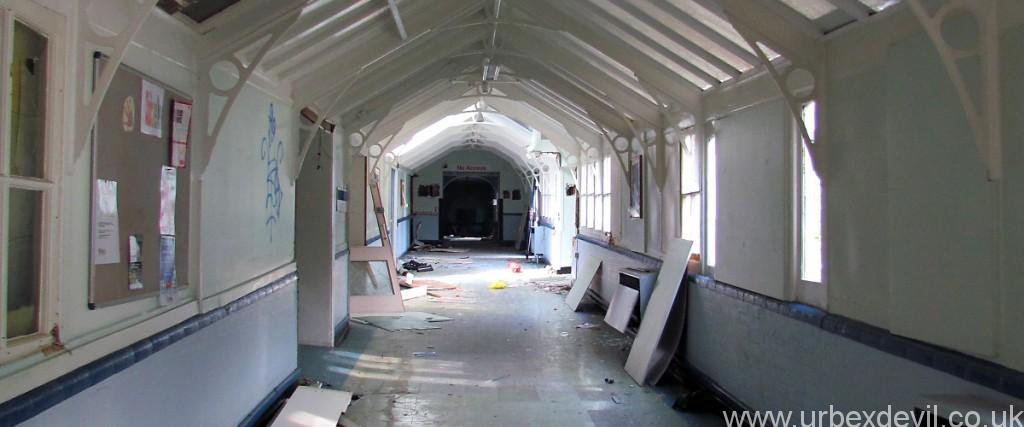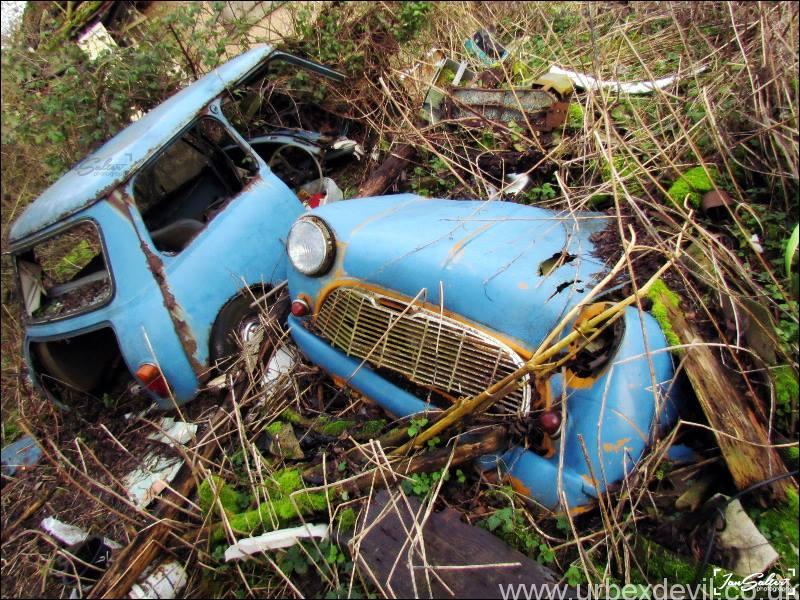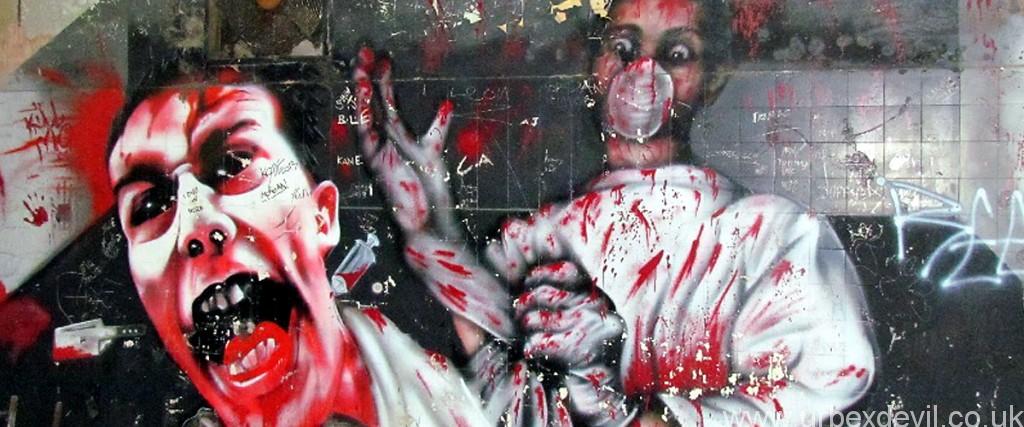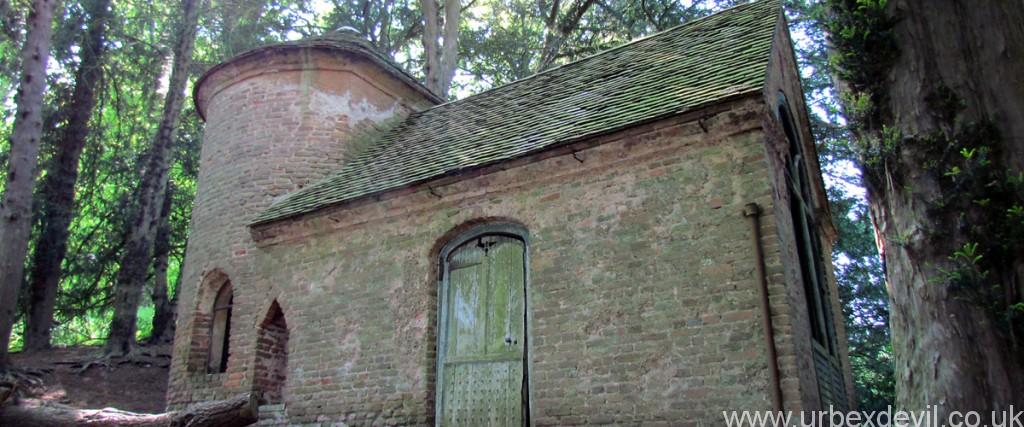Derbyshire Royal Infirmary (DRI) was established in 1810 on land formerly part of Derby’s Castlefield estate on land near what is now Bradshaw Way and the A6 London Road. It was known as the Derbyshire General Infirmary at the time. In 1890 a Typhoid outbreak sweeped through the hospital, and the buildings design was blamed. The hospital is entirely demolished, a year later Queen Victoria laid the foundation stone of what would become Derbyshire Royal Infirmary. The neo-Jacobean building was completed in 1894, and its main features were its ‘Onion’ shaped domed towers and its central corridor which ran the length of the hospital.
Cornwall Coliseum
The Carlyon Beach area began to develop as a popular recreation area in the 20th century, with one of the visitors being the Prince of Wales. During a visit he suggested that a sports club could be constructed on the beach to wealthy locals and in the early 1930s the building, known as the Riviera Club opened to the public. The complex featured a spa with swimming pool, tea rooms and tennis courts where Edward VIII and Mrs Wallis Simpson were reputed to have visited it.
“Lost World Cottage”
Something different this one, a small cottage abandoned and lost in another time. However the cottage itself was not my main attraction to this one, it was simply the owners amazing collection of classic cars, seemingly rusting away in a car graveyard to the rear of the property. The location of said property is remaining quiet to protect it from the eBay warriors.
St Edwards Hospital & School
Coleshill, not far from the NEC, is a large group of buildings owned by the Catholic church. The site is operated by The Father Hudson Society, which was originally founded by a priest, Father George Vincent Hudson. Father Hudson died in 1936 and was buried in the grounds though he was later disinterred and reburied within the Society’s church. Though there are active buildings on site there are also a number of abandoned buildings too.
Bradgate Nursing Home
It was built as the Charnwood Convalescent Hospice for injured soliders in 1937. After WW2 it was made NHS and became a rehab centre/home for amputees and called Zachery Merton Convalescent Home. In 1999, the home was bought by the infamous Primelife Ltd and was renamed Bradgate Care Home. In 2006 Primelife moved into Charnwood Oaks in Shepshed, leaving Bradgate Care Home empty. Since then multiple housing associations have bought the site with the most resent application for demolition dating July 2012.
St Margarets Asylum
The large mansion on site, Great Barr Hall, had its beginnings in the 17th Century, but was remodelled both by Joseph Scott in 1777, and in the 19th century by various occupants.
The Lunar Society, an infomal group of leading engineers, industrialists, scientists and thinkers of the day met here in the early 1800s. the hospital colony for those with severe learning difficulties was opened after the first world war. Originally known as Great Barr Park Colony for the mentally defective, it was later re-named St Margarets Hospital.
Priestwood Chapel
Tucked away in the middle of nowhere, undisturbed and forgotten, stands Preistwood Chapel. To this date I am still unable to find any information on this location so all I can say is it’s a stunning undisturbed location, great for a half hour explore… between the hour spent locating it and finding the way back out of course.
Napsbury Hospital
The Middlesex County Asylum was founded in 1898 with the hospital designed in a country estate style by architect Rowland Plumbe in 1900, who also rebuilt, to his designs, the Royal London Hospital, Whitechapel in 1897.
Harperbury Asylum
Harperbury was opened in 1928, converted from a few aircraft hangers, to care for both adult and children with learning difficulties and sever epileptics. After the formation of the NHS Trust the hospital amalgamated with and moved to Leavensden hospital leading to the closure of the site.









